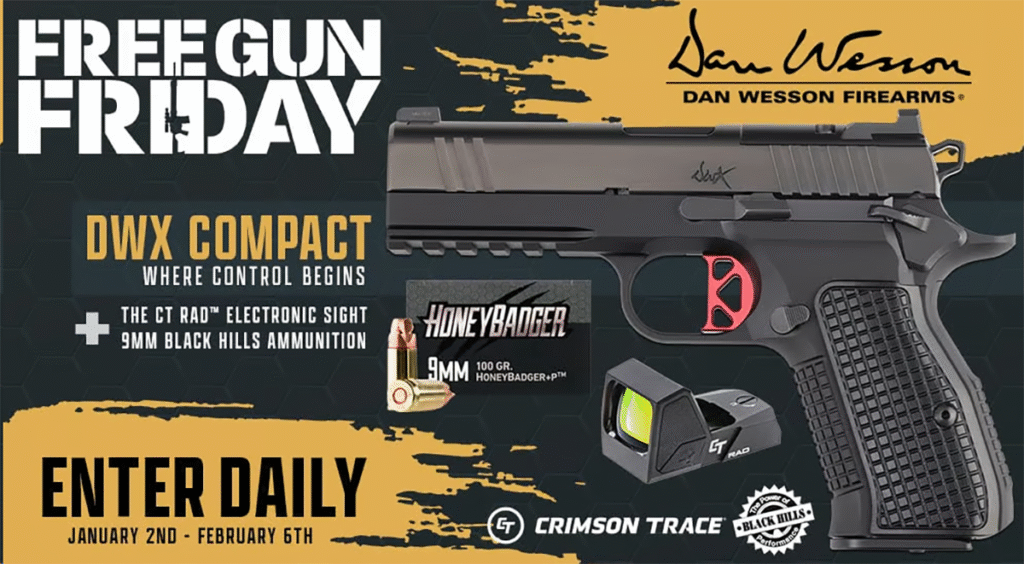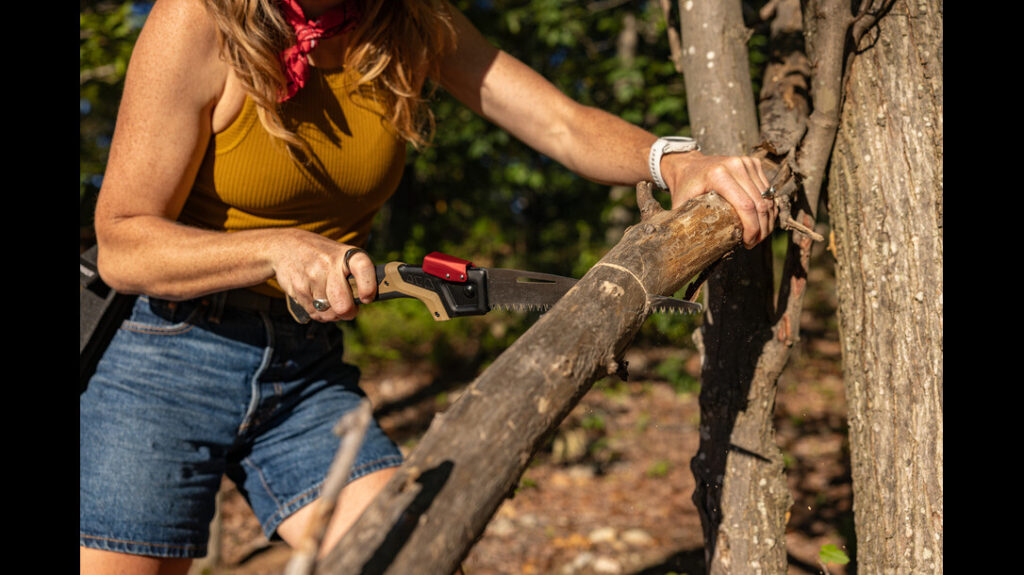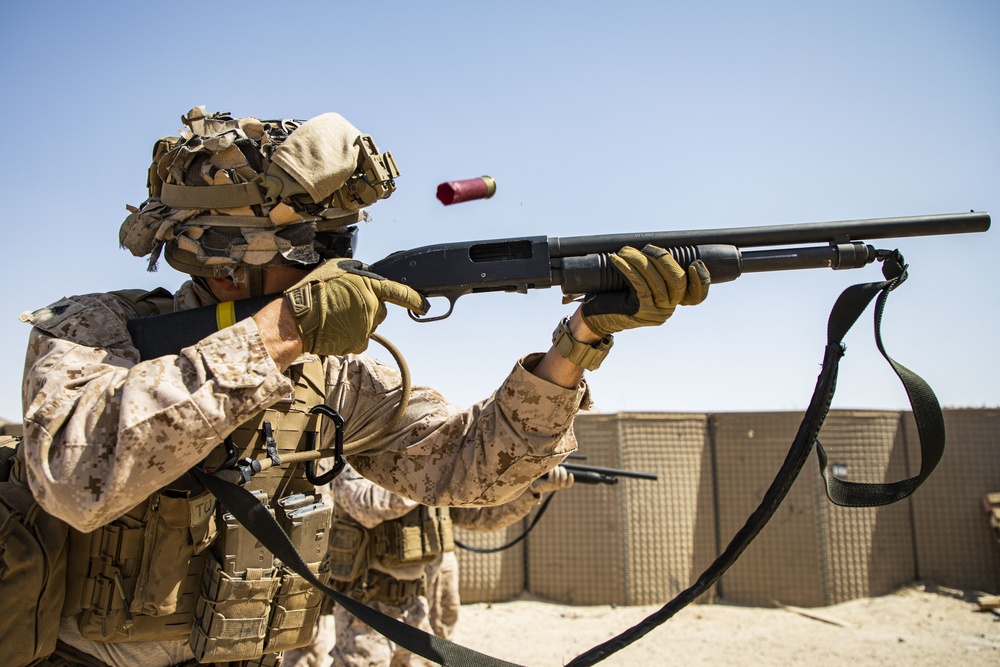Suppressors have been used in war since the punitive expedition against Pancho Villa. They’ve slowly grown from specialty tools to general-issue items. During Vietnam, the need for suppressors exploded. The military was more than willing to experiment with suppressors and odd platforms in the quest for a quiet killer. This includes a rather interesting carbine created by Sionics. The Sionics Silent Carbine was one of the more interesting weapons used during the Vietnam War.
The War in Vietnam saw the United States enter into a quagmire of insurgency warfare. This asymmetric warfare created interesting challenges for the modern Army. Special Operations and snipers became very effective, and they were armed with suppressed weapons. There was a theme of trying to make weapons quieter and quieter. The Sionics Silent Carbine was the product of the make it quieter attitude.
Sionics and Mitch WerBell
Mitch WerBell III might be one of the most controversial and interesting men to have ever lived. He was an OSS man, an Army Captain, a soldier of fortune, a potential CIA spy, and a weapons developer. The son of a Tasarist calvary man who had some serious hate for communists. He owned a company called Sionics, which produced suppressors for a wide variety of weapons.
Advertisement — Continue Reading Below
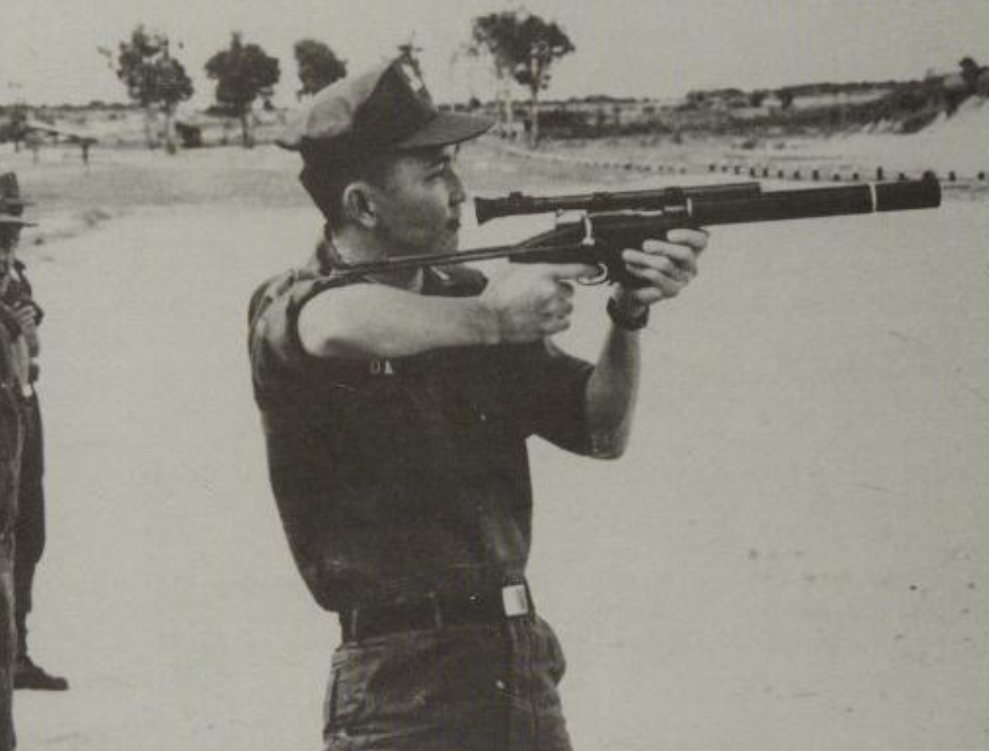
He was also one of the forces behind Gordon Ingram’s MAC-10 and built the MAC’s famed suppressor. During the Vietnam War, he saw an opportunity to sell his cans and weapon systems. In fact, he said something along the lines of “If the military buys a suppressor, I want it to be a Sionics suppressor.”
As President of a 75-man company, he went to Vietnam to show off his wares. I doubt we’d ever see the President of Raytheon go to Iraq to sell wares. He developed suppressors for the M16, the M14, and various other weapons. He also developed silenced weapon systems. One that gained a small order was the Silent Sniper Carbine.
Advertisement — Continue Reading Below
The First Silent Sniper Carbine
When he initially went to Vietnam to sell his Silent Sniper Carbine, he brought modified Spanish-produced ‘Destroyer’ Carbines. The Spanish Destroyer carbines were bolt-action 9mm Largo rifles. They were made for police use and were pretty neat all around. Mitch WerBell and Sionics modified the design to be nearly unrecognizable.
They cut off the wood stock and converted it to a wire stock design with a pistol grip. Sionics chopped the long barrel off the gun and attached a Sionics 9mm suppressor. They mounted a Mossberg-fixed four-power scope to the gun, which had to be side-mounted to work correctly. There were no iron sights.

Advertisement — Continue Reading Below
The idea behind the concept seems quite solid. A bolt-action rifle doesn’t have the clack of a semi-auto firearm, and 9mm can be made subsonic quite easily. The Destroyer Carbine already existed and was a 9mm weapon. All you needed to do was convert the weapon to 9mm Parabellum.
The use of a wire stock made it easy to pack up and carry. No soldier in Vietnam wants their primary weapon to be a bolt action pistol caliber carbine. The Sionics Silent Sniper Carbine would be a specialty weapon carried alongside an M16 or similar long arm.
He showed it off to some important higher-ups. Lt. General William Peers, the Commanding officer of I Field Force, tested the weapon alongside Mitch WerBell. According to the Long Range Ware by Peter Senich, he was so impressed that he ordered 10 Silent Sniper Carbines.
Advertisement — Continue Reading Below
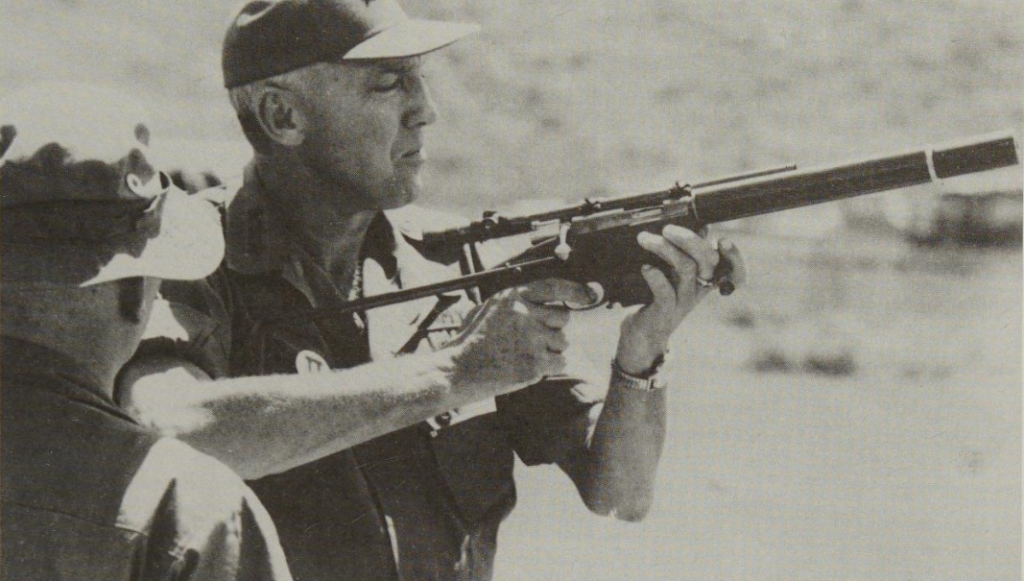
There was a problem: Mitch couldn’t provide 10. In fact, he seemingly couldn’t provide any. He attempted to withdraw from the contract, but the Army didn’t have it. They wanted their Silent Sniper Carbines.
The New Silent Sniper Carbine
What happened? Well, the imports and availability of Destroyer Carbines dried up. He couldn’t get his hands on the carbines to convert to Silent Sniper Carbines. Personally, I think Mitch might have been more of a soldier than a businessman at times. A smart businessman would have purchased a quantity, even just a small quantity, of Destroyer Carbines before seeking contracts.
Advertisement — Continue Reading Below
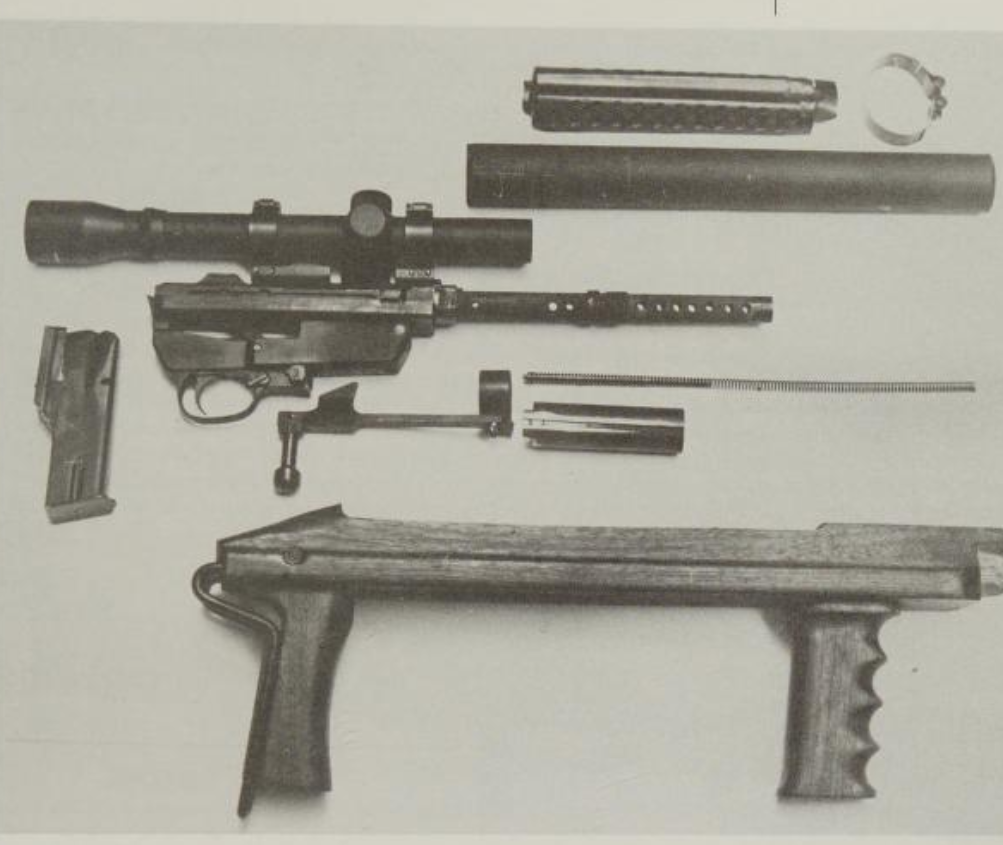
Regardless, Mitch and Sionics had to come up with something. What they came up with was rather ingenious. They turned to Plainfield Machine Company, a company known for M1 Carbines. They special ordered ten 9mm barreled actions. From there, they designed the second generation of Silent Sniper Carbine.
This was no standard M1 carbine. It wasn’t a semi-auto design. To keep the clack down, it was a manual-activated, straight-pull bolt action design. I can’t find any hard specifications, but the barrel is short and has an integrally suppressed design. The weapon uses a wood chassis and a collapsing wire stock.
Advertisement — Continue Reading Below

The wood chassis part had two pistol grips, one up front and one standard rear grip. I’m curious if the front grip was due to heat, but not entirely sure. The gun used modified Hi-Power magazines to give the shooter 13 rounds of ammo. The guns had four power TASCO scopes to top it off. Ten guns were shipped to South Vietnam for the initial contract, but four additional Silent Sniper Carbines were sent to the 9th Infantry Division.
How Did They Work?
Sadly, that’s where the story ends. At least as far as I can tell. I’m not sure how often they were used, how long they were used, how effective they were, etc. It’s certainly a fascinating carbine idea, and these oddball, limited-production guns always tickle me. I’ll keep searching, and if I find anything, stay tuned for the sequel.
Advertisement — Continue Reading Below

